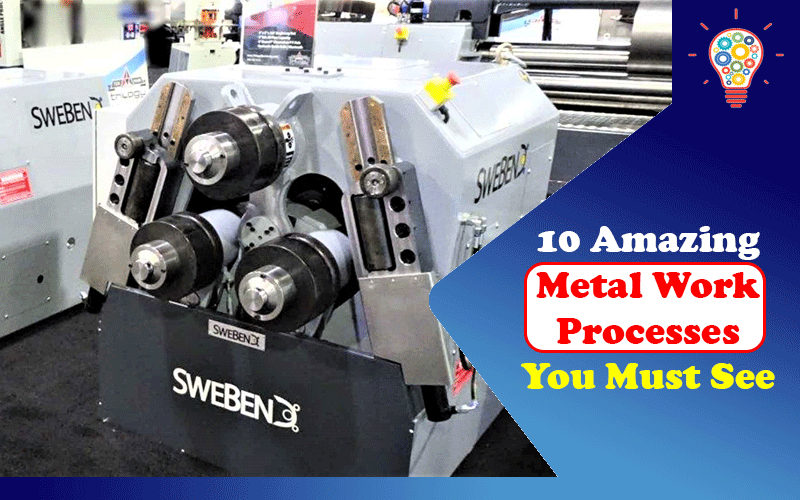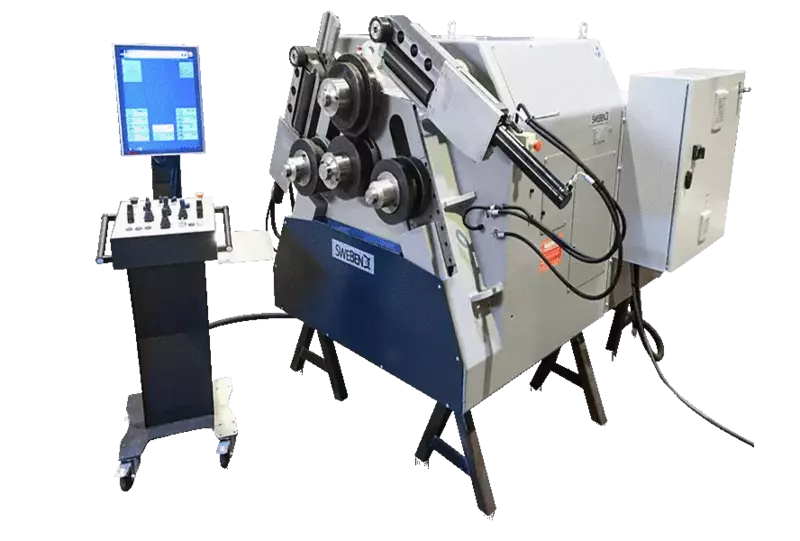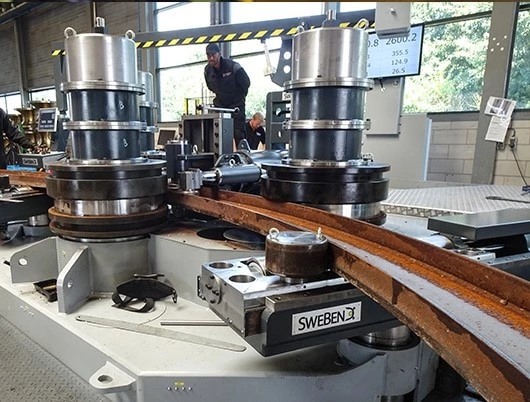Metalworking is really a vast field. It covers a huge number of skills, tools, and processes to create objects on an extremely large and small scale. Everything is made with precision. From large ships, structures, and bridges to fine vehicle parts and exquisite jewelry. Elevated steel or carbide tools are used to cut most metals. Each of these groups contains a variety of processes. Depending on the desired finished results, the metal must be traced out properly. In this blog, you are going to discover the 10 amazing Metal processes you must see.
Table of Contents
1. The Forging Process
Forging is a metalwork process to create the appropriate shape of metal. The technique involves forceful compression of metals to get the desired products. Forging can also be done by hand that involves heating of metal to the extent that it can be bend and molded easily using a hammer. It is one of the ancient types of metalwork process that is still commonly practiced by welders and manufacturers for intricate and artistic work. Carbon steel, stainless steel, and alloy steel are some of the most common metals used in forging. FastMetals has carbon steel for sale if you’d like to try forging metal on your own. Other soft metals like Aluminum, copper, and brass can be easily forged as well.
2. The casting process
Casting is the technique of pouring molten metal into a mold, whereas forging metal (discussed previously) is done by hand. After that, it becomes cold to the point where it is hard enough. Casting is widely recognized as the preferred method for mass-producing objects because the same mold can be used repeatedly with little variation in the result. Metal casting is a modern technique with an interesting history. It is one of history’s oldest and most impactful industrial processes. Many metal things in our daily life are made with it, including automotive parts, rail wheels, lamp poles, bus pedals, and much more.
3. The machining process
Machining is the process of removing undesirable material from metal in order to shape it. This technique can be carried out in a number of ways. Drilling and turning are just a few of the machining operations available.
4. The Cutting process
Cutting is the most accessible metal manufacturing procedure. On the sight, the metalwork process appears to be nothing more than the cutting of huge metal pieces into smaller ones. On the other side, cutting is considered quite a difficult and time-consuming process. Lasers, belt sanders, power scissors, and flame technology are all used to ensure precise cuts. There is a range of metal cutting methods available in industries that include, grinding, drilling, laser, plasma, turning, and waterjet, etc.
5. The extrusion process
Extrusion is a metalwork technique in which a metal is pushed to flow through a bending machine in order to lower its broad spectrum and transform it into a required shape. This method is widely utilized in the production of pipes and steel rods. Plastic and aluminum are the most commonly extruded materials.
6. The drawing process
Metal drawing is a metalworking technique that involves stretching and forming metal with tensile force. The method is often carried out cold to achieve precise specifications, improved grain structure, and surface smoothness, and improved material characteristics. Sheet metal and wire, bar, and tube drawing are the basic types of drawing.
7. The metal bending process
Sheet metal bending is an effective method of reshaping sheet metal to its desired geometry without eliminating the materials. The conducted procedure exerts a force on the material using a sheet metal bender causing it to deform. As a result, the sheet will easily be bent and stretched into a variety of intricate shapes. The process is also known as section bending.
8. The punching process
A hole is created in a workpiece as a result of this operation. Punch presses feature cannons that impact the metal through a block to create holes in particular spots. Punching is being used in heavy and light work. Heavy machinery is used to dig holes and make edges in metal in the metal punching process.
9. The rolling process
The rolling process is a sheet metal technique in which material stock is moved between one or more sets of rollers to reduce and maintain consistent density. The cross-section of the metal that is formed in the whole process is the major focus of this method.
10. The welding process
Welding is the process of connecting two or more metal components together using a combination of heat and pressure. Large-scale or industrial fabrication operations are the most prevalent applications for this method. The heat a pressure tends to create a lot of fumes and sparks that can be dangerous to the welder and those around the welding process, so when used for large-scale industrial processes you will often find a welding fume extractor for safety. It’s popular because it allows varied metal components of any form or size to be linked together.
Read Also: What Causes Tarnished Metal?



